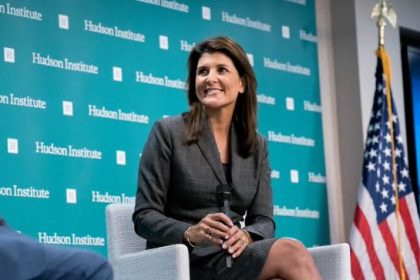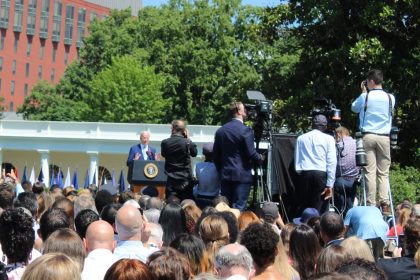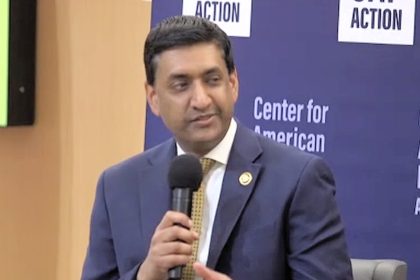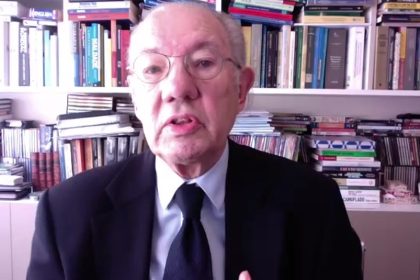Blinken and Austin Tandem Trips Highlight Indo-Pacific Investment Strategy
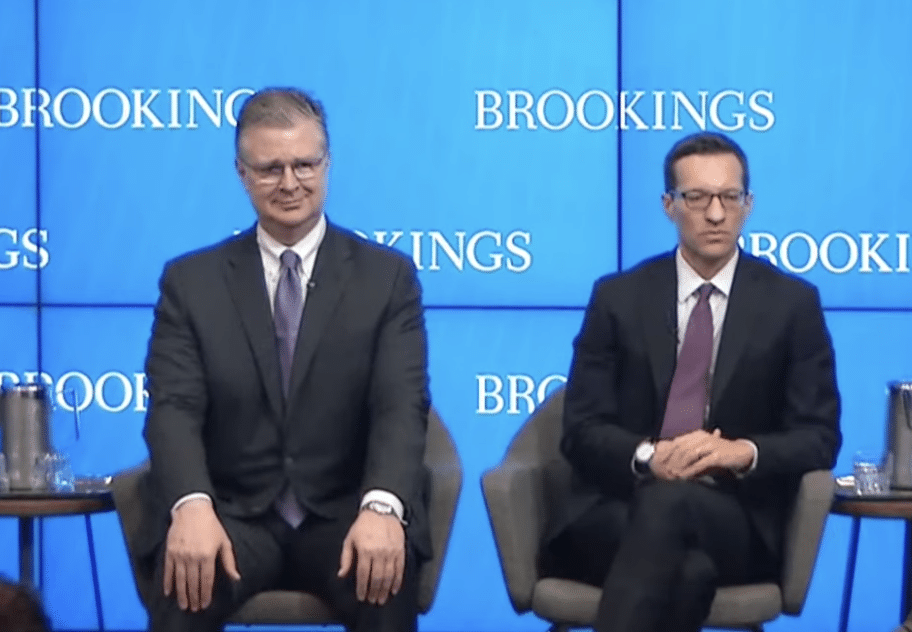
WASHINGTON — Historic steps are happening this week in the Indo-Pacific as U.S. Secretary of State Antony Blinken and U.S. Defense Secretary Lloyd Austin will tag-team meetings around the region, in part to counter China’s growing influence.
Blinken will be the first secretary of State to visit Tonga and open an embassy in the capital of Nukuʻalofa; Austin will be the first secretary of Defense to visit Papua New Guinea, where a new defense cooperation agreement has just been signed.
There will be meetings with officials in New Zealand and Australia. And of course, there will be time to catch a World Cup soccer match or two.
Eyes are on the Indo-Pacific right now for these trips and more — the region has emerged as a crucial focal point in global geopolitics and there is a political match at play as well.
From the AUKUS announcement in September 2021 to the release of the administration’s Indo-Pacific Strategy in February 2022, there has been a renewed focus in the U.S. on the military and economic strategic value of the Indo-Pacific, especially in the areas of infrastructure development, supply chain resilience, emerging technologies and supply of critical minerals essential to the green transition.
Staff for Blinken and Austin say these tandem trips are part of a strategy for ensuring peace and prosperity in the region characterized by strong partnerships, economic investments and a commitment to a free and open regional order.
“We believe that much of the story of the 21st century will be written in the Indo-Pacific,” Daniel Kritenbrink, assistant secretary of State for East Asian and Pacific Affairs at the U.S. Department of State, told Brookings during a recent conversation on U.S. alliances and partnerships in the region, adding that America’s future is “inextricably linked” to this region.
“We have a shared vision … of a region that is free and open, that is free of coercion, and in which disputes are managed peacefully,” Ely Ratner, assistant secretary of Defense for Indo-Pacific Security Affairs at the U.S. Department of Defense added.
“The vast majority of our work in the Pacific islands is not defense-focused,” Ratner insisted.
The AUKUS Alliance, an alignment of the United States, Australia and the United Kingdom, does focus on technology sharing and cooperation in the Indo-Pacific, especially in the areas of military and strategic capabilities, but American interest and investment in the region is equally about infrastructure development and supply chain resilience, he said.
As technology becomes increasingly integral to economic growth and national security, securing a supply of critical minerals, such as can be found in the Indo-Pacific, is a priority for cooperation with allies and partners as well.
And as tensions between the U.S. and China intensify, a stronger presence in the Indo-Pacific could also help manage some challenges there.
Over the past several decades, China has also sought to gain military, economic and political influence over small states and islands throughout the Indo-Pacific, and its partnership has been welcomed by many island nations in the region for the considerable economic weight it carries.
“But this is not all about China,” Kritenbrink insisted. “The China challenge looms large for our partners, just as it does for all of us, but … this is about our partnerships with the countries of the Indo-Pacific. We have a regional strategy of which China is a part and not the [key driver].”
What Kritenbrink said comes from “a strong demand signal for American leadership and engagement” in the region is a shared vision of stability and economic growth — which prioritizes dialogue, cooperation and respect for the sovereignty of all regional nations — and that can pave the way for a prosperous and secure future.
“Trying to build the resilience of our partners over the long term is the best way to [avoid] economic coercion,” Kritenbrink said. “We’re not pursuing decoupling, we’re pursuing de-risking” to protect against disruptions and uncertainties.
And what makes American interest in the region preferable, according to Kritenbrink, is that “when we talk with our allies and partners we make it very clear we are not asking them to choose.”
“Whether with Solomon Islands, Fiji, Kiribati, Samoa and the like, our message is the same,” Kritenbrink said. “We come to the region in partnership. We respect the sovereignty of our partners. What we try to make clear is what we offer to the region … and we also try to share our concerns and our experience that decisions that some of our partners make may have [consequences] to the sovereignty of our partners down the line.”
But some of it could be a hard sell due to America and its partners’ controversial legacies in the region — like nuclear tests that impacted Pacific shores, territorial disputes, war crimes and other historic dominations.
Demonstrating America’s long-term commitment and credibility in the region will be essential to prove itself.
“We are a partner, a friend and a neighbor to these countries,” insisted Kritenbrink. “The central animating feature of our policy is our commitment to our partners, allies and friends.
“We’ve been an Indo-Pacific power for well over a century,” he said. “But however you assess our formal relationship, you can’t ignore the fact that we also have over $2 trillion in trade in the region.
“So whether you want to look at the reality of our ongoing trade and investment flows or the formality … you [must] come to the conclusion that we are absolutely invested and committed in the region. And we are invested for the long term.”
Kate can be reached at [email protected].


















